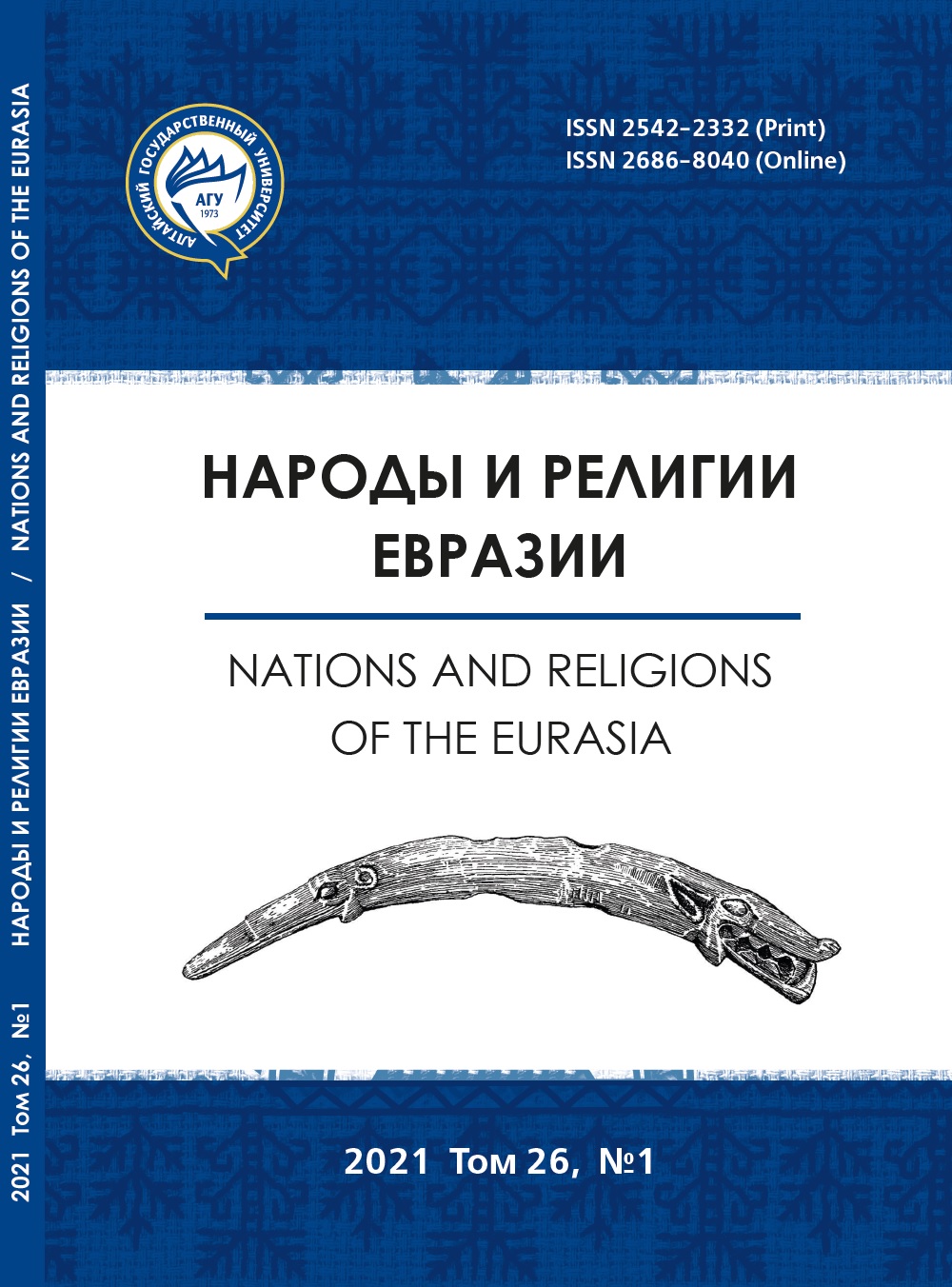The localization of battle of qatwan
Main Article Content
Abstract
The site of the battle of Qatwan, which took place on September 9 (15), 1141, between the Seljuk Turks led by Sultan Sanjar and the Karluks under the command of the Kara-Khitans gurkhan Yelu Dashi, has been established. It is located 11 km south of Samarkand on the bypass road and at the intersection of the Termez highway with the Dargom canal. The canal was known in ancient sources of the 5th-4th centuries BC as the Dargomania canal. It was also on the Ptolemy map. The grandiose defeat of Sultan Sanjar in the Battle of Qatwan led to the liberation of Khwarazm and Transoxiana from the yoke of the Seljuks. According to Ibn al-Athir, "there was no battle in Islam greater than this, and there were no more killed in Khorasan than in it". Usrushana-Surushana played an important role in the victory of the Karluks, as it opened a corridor across the Shahristan pass to the valley of the Zeravshan River. The army of Karluks left Penjikent along that corridor to the west and struck the rear of Sanjar"s army on the crossing through the Dargom Canal. That determined the outcome of the battle. A raid of the Karluks along the circular route of Samarkand — Jizzakh — Zamin — Shakhristan — Penjikent — Samarkand has been described. The works of Khordadbeh, Haukal and Khudud al-Alam have been studied for the research. As a result, a number of early medieval cities of Transoxiana have been localized. In connection with the localization of the battle of Qatwan on the Dargom canal, the battle under discussion should be considered the battle of Dargom, since the canal has been known under this name in early antiquity and at the present time.
Downloads
Metrics
Article Details

This work is licensed under a Creative Commons Attribution 4.0 International License.
References
Бартольд В. В. Работы по исторической географии. Собрание сочинений. Т. 3. М. : Наука, 1965. 712 с.
Бетгер Е. К. Извлечение из книги «Пути и страны» Абу-л-Касыма Ибн-Хаукаля // Труды Среднеазиатского государственного университета. Вып. IV: Археология Средней Азии. Ташкент, 1957. С. 13-38.
Буряков Ю. Ф. Горное дело и металлургия средневекового Илака. V — начало XIII в. М. : Наука, 1974. 141 с.
Ибн Хордадбех. Книга путей и стран / перевод с араб. Н. Велихановой. Баку : Элм, 1986. 428 с.
Калинина Т. М. Дани и поборы в Древней Руси по данным «Анонимной записки» арабо-персидских авторов // Древнейшие государства Восточной Европы. М. : Университет Дмитрия Пожарского, 2015. С. 374-389.
Карта J-42-18 (Айни). 2-е изд. 1962 г. URL: http://mapj42.narod.ru/map1/j-42-018.jpg (дата обращения:: 29.05.2020).
Карта Сыр-Дарьинского переселенческого района Сыр-Дарьинской, Ферганской и Самаркандской области. URL: https://search.rsl.ru/ru/record/01007922030 (дата обращения: 29.05.2020).
Карта NJ 42-2 Series N502 Pendzhikent. URL: https://commons.wikimedia.org/wiki/File: USSR_map_NJ_42-2_Pendzhikent.jpg (дата обращения:: 29.05.2020).
Мирбабаев А., Рахимов Н., Гайбуллаева М. К вопросу локализации города Бунджи-ката и этимологии термина «Истравшан» // Номаи донишгох, (Учёные записки). 2010. № 4 (24). С. 108-114.
Пиков Г. Г. Западное Ляо (1125-1218) как результат этнокультурного трансфера // Народы и религии Евразии. 2019. № 1 (18). С. 50-60.
Сафонова Л. И. Почвы левобережья канала Даргом и пути их улучшения : автореф. дис. . канд. сельхоз. наук. Самарканд, 1967. 23 с.
Сулимирский Т. Сарматы. Древний народ юга России / пер. с англ. Т. В. Китаиной. М. : Центрполиграф, 2008. 191 с.
Тиллоев С. С. Роль Великого шелкового пути в формировании и развитии городов на территории современного Таджикистана в II в. до н. э. — XVI в. н.э. : автореф. дис. . д-ра ист. наук. Душанбе, 2013. 44 с.
Штарк С., Рахимов Н. Работы таджикско-германской археологической экспедиции на северных склонах Туркестанского хребта в 2005 г. // Археологические работы в Таджикистане. Вып. XXXI. Душанбе, 2007. С. 88-117.
Ибн аль-Асир. Аль-Камил'фи-т-та'рих (Полный свод истории). Т. 11. Бейрут : Дар Садир, 1989. 585 s. (на арабском яз.).
Якут аль-Хамави. Му'джам аль-булдан (Словарь стран). Т. 4. Бейрут : Дар Садир, 1993. 501 s. (на арабском яз.).
Hudud al-'Alam The Regions of the World. A Persian Geography, 372 A. H. — 982 A. D. / Transl. and explained by V. Minorsky. With the preface by V. V. Barthold transl. from the Russian. London, 1937. 524 s. (на англ. яз.).

